Brief
The Generative Design System gathers data while you surf and uses it to manufacture custom one off surfboards. Through an integrated on board sensor system movement is quantified while you surf then applied to generate bespoke CNCd shapes. This post outlines the basic principles of how movement and pressure data can have a direct quadrillion to surfboard shape, volume and contours. How this system can be applied to different industries as well as a history and future of the project.
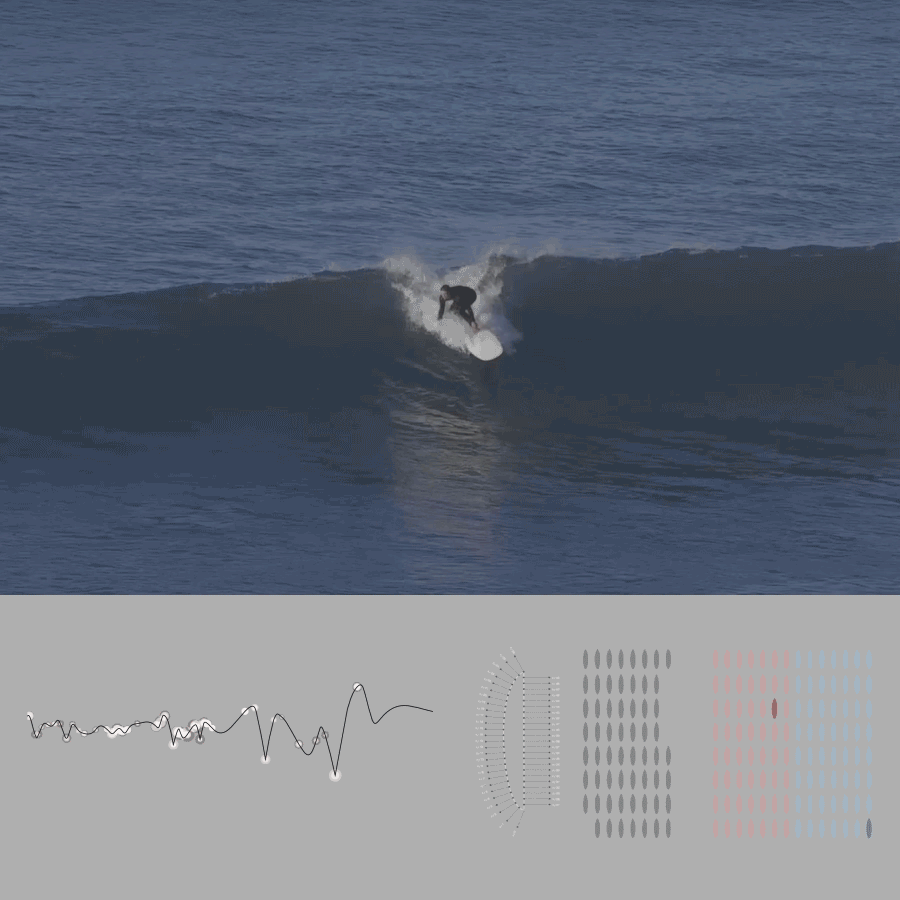
Basic Principal
The generative design system is an IOT solution for creating and manufacturing custom equipment. The system uses a combination of sensors to understand what the surfer is doing on a wave in order to generate smarter equipment which is built in their image and performs as an extension of themselves.
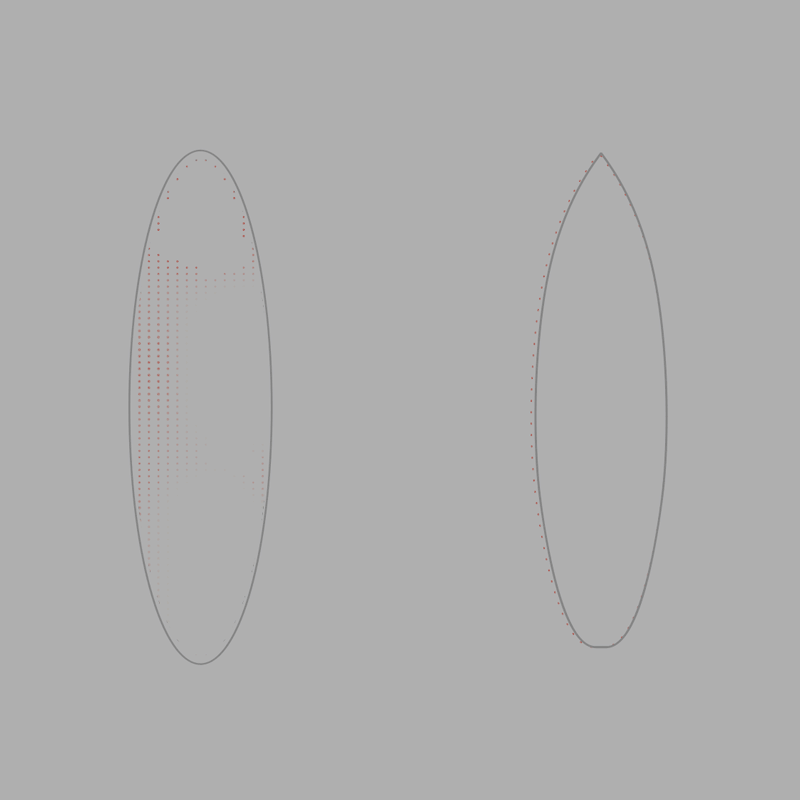
Surfboards are a blend of curves which work together to channel the flow of water. As a surfer rides a wave water is pushed through the bottom concaves of their board then out through the fins creating lift and thrust. Studying each surfer's stance and foot pressure we can optimize the entry and exit point of the board's bottom contours to maximize speed and control.Accurately logging and categorizing the moves in a ridden wave we can control the blending of curves and outline to systematically generate boards for each surfer, based on each surfer.
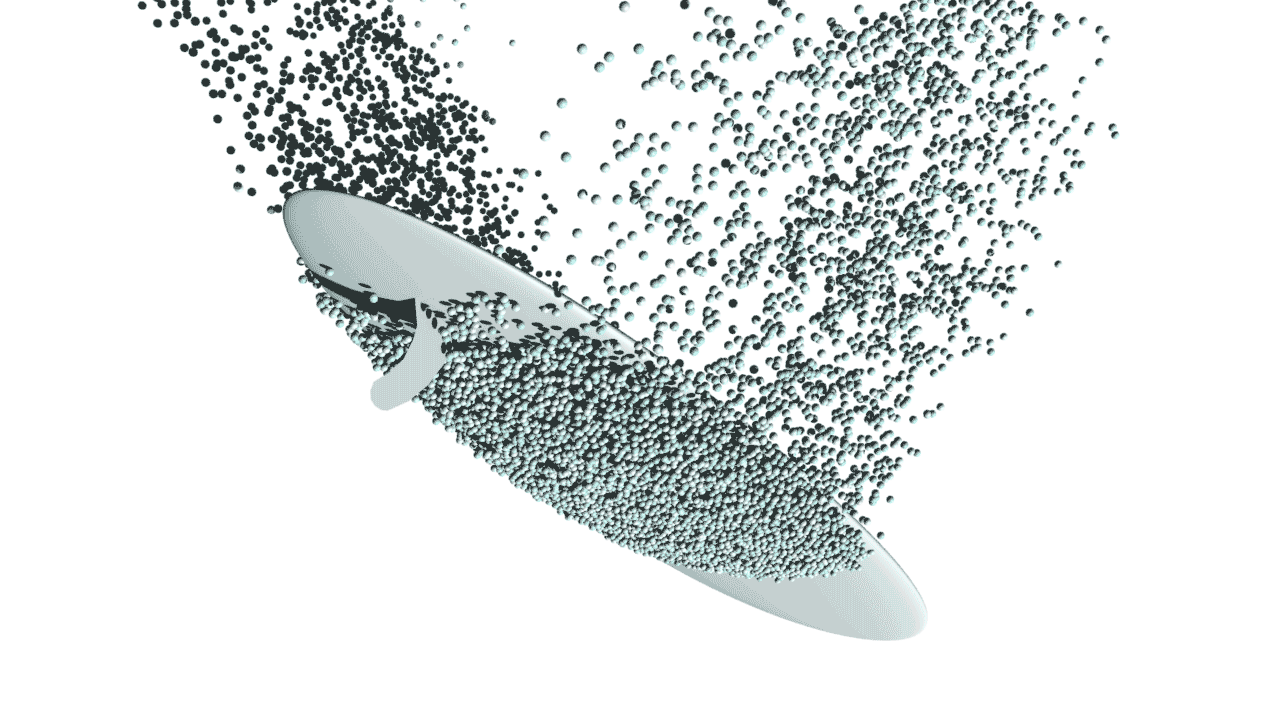
ASYMMETRICAL SHAPES
Since surfing is a sideways facing sport it is natural for the surfer's toe, heel / back, front feet to have different tendencies. Surfer's often categorize themselves as being front or back footed and this is usually a criteria for surf shops to help sell boards. A front footed surfer might want more foam in the forward section of their board whereas a back footed surfer wants a thinner nose so they can control more from the back foot. This concept is equally observable in the Y direction and has a huge impact on the boards water flow. By shaping through the surfer's inputs we can observe asymmetrical tendencies on individual basis and generate asymmetrical outlines and bottom contours which benefit these different strengths. See Part 3 Software Development for more information.
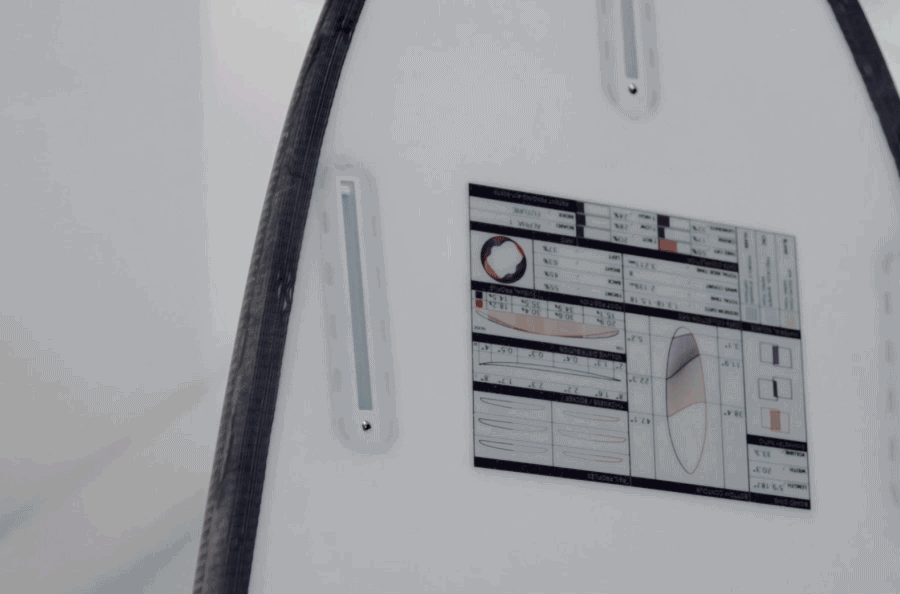
MANUFACTURING
Today the majority of surfboards are produced using CNC cutting machines. Blanks made of EVA or polyurethane foam are milled by specialized cutting machines, then hand finished by a shaper. The foam is then laminated using resin and composites such as fiberglass, carbon fiber, graphite or natural fibers. Unlike other products which might require a mold, surfboards are milled allowing for only a tweak in the machine's g-code to produce fully custom one off product manufacturing
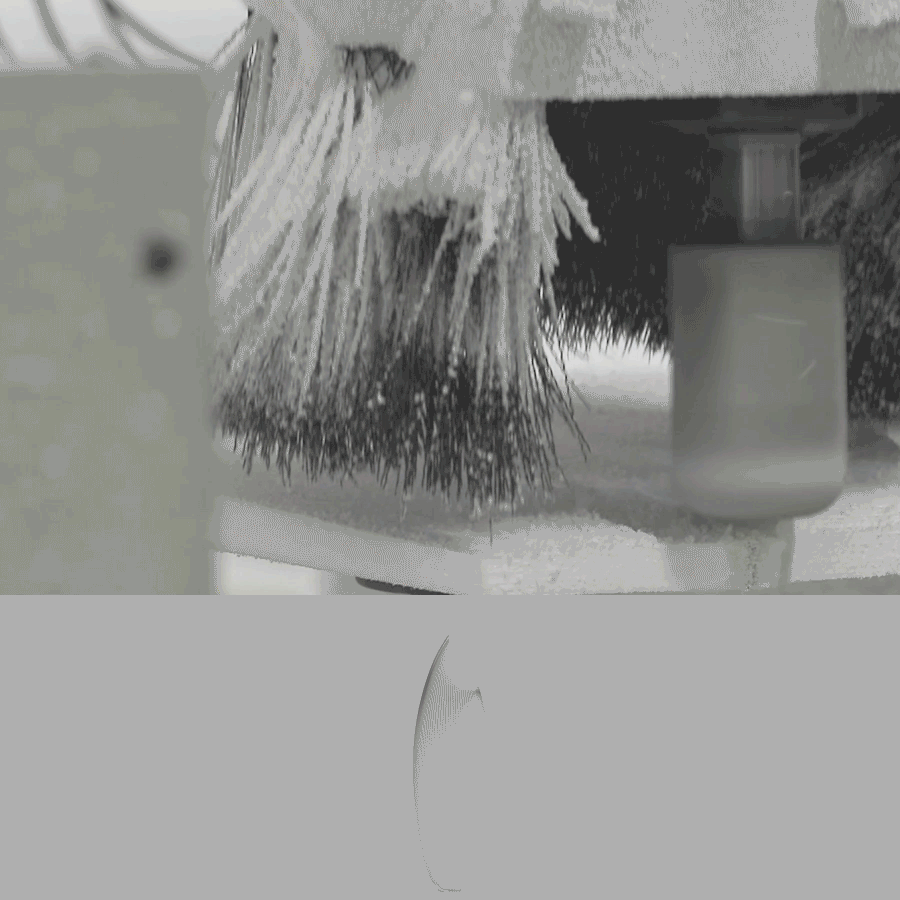
PROJECT INTENTION
I believe that this system can be used as a model for other projects for the production and manufacturing of products which co-exist with customers as an extension of themselves. This is made possible with machine learned sensor data processing and production through rapid manufacturing. Building a system of design and manufacturing of products based on personal data. I intend to continue developing this system though I do need help, if you are an individual or an institution who wishes to get involved I would love to hear from you.
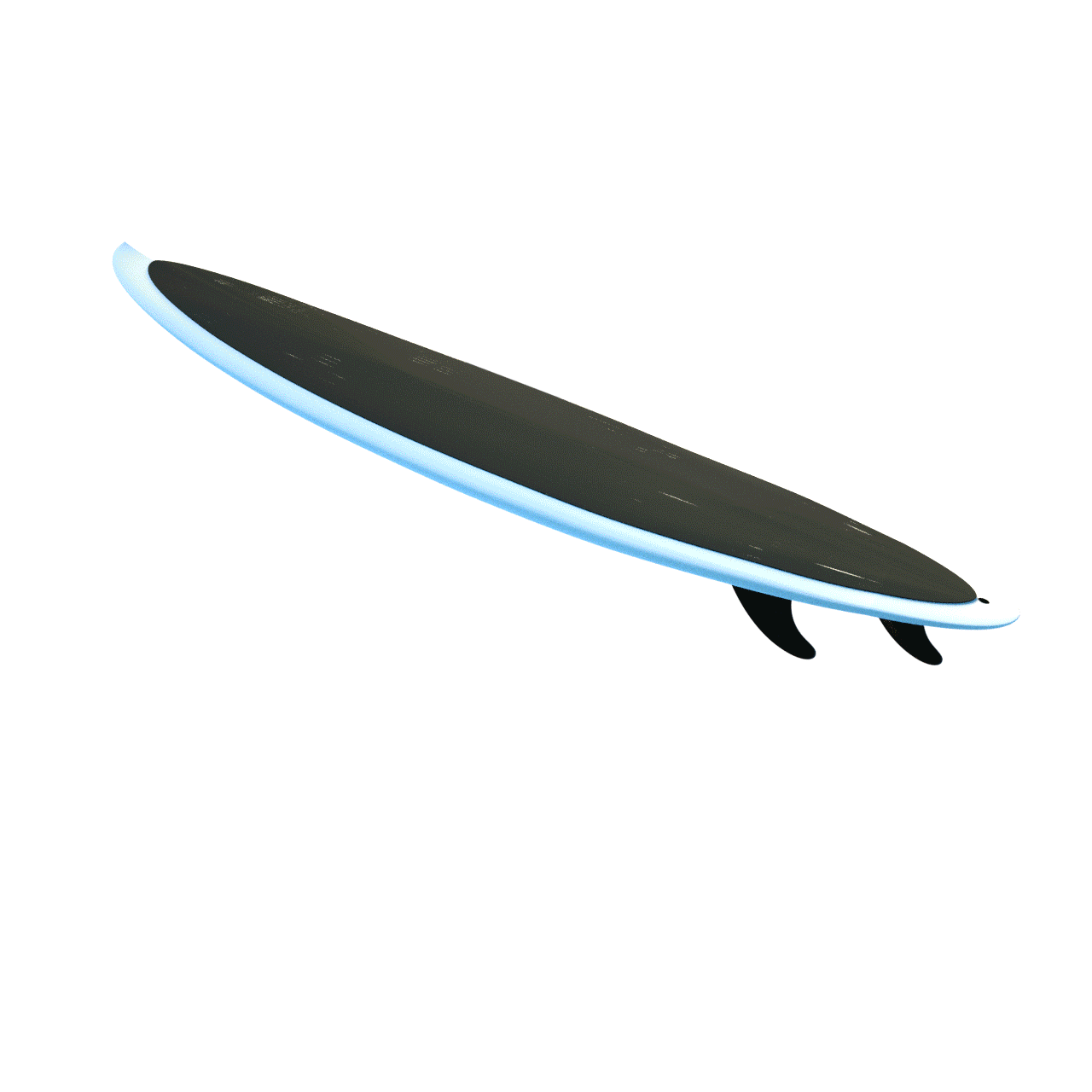
 DARK-labs
DARK-labs